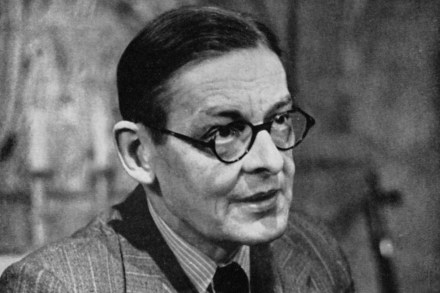Eliot’s ‘wretched old’ typewriter looms large in an analysis of The Waste Land
In 2018, the ferocious American poet-critic William Logan took time off from routinely, invigoratingly eviscerating contemporary poets to write Dickinson’s Nerves, Frost’s Woods: Poetry in the Shadow of the Past – a study of classic poems in their historical contexts. It was an informative, interesting exercise, prefaced by this significant reservation: ‘Knowledge of the circumstance is not ipso facto knowledge of the poem.’ Ezra Pound eliminated the weaker passages of The Waste Land, some of them, surprisingly, downright bad Matthew Hollis attempts something similar: an immersion in the verité, the lost circumstances of composition. His subtitle, ‘A Biography of a Poem’, is a brilliant piece of marketing, a hook, an





















